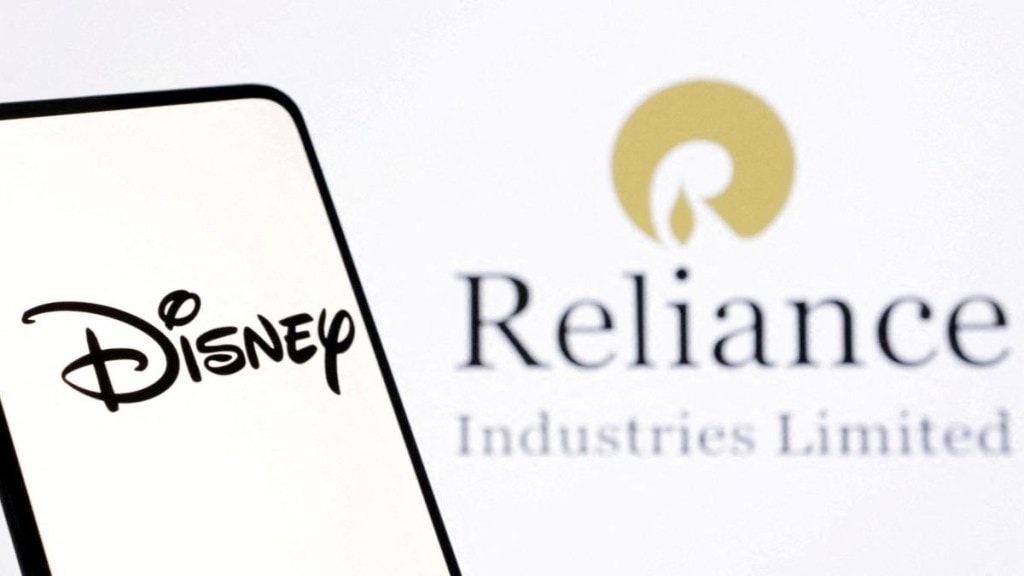The merger of the Indian media business of Walt Disney with Reliance Industries’ Viacom18 will create a media juggernaut with 108-plus channels and two giant OTT apps (Jio Cinema and Hotstar), besides the two film studios owned by Reliance and Disney India. It will also create a huge opportunity for the Rs 70,000-crore company by reducing the bargaining power of the media buying agencies, experts said.
“It heightens competition and enhances the negotiating power of the newly merged entity, enabling it to exert greater control over pricing and inventory,” says Harsha Razdan, CEO, South Asia, Dentsu.
Take sports. Reliance-Disney will have a virtual monopoly in the sports broadcasting arena with 75-80% of the sporting properties under its belt. It will own rights to money-spinners such as IPL (TV and digital), ICC cricket tournaments (both TV and digital), BCCI domestic cricket events, Pro Kabaddi League, besides Wimbledon, with close to 100 million viewers having watched the sport on TV last year.
In 2022-23, the sports advertising revenue television and digital combined was upwards of Rs 7,100 crore. “Marketers can expect increased reach and profitability, optimised content costs, and streamlined operations; on the flip side, they will lose pricing leverage as it often happens in a monopoly situation,” says Bhaskar Majumdar, a senior communication consultant.
Last year’s digital and TV unbundling for the IPL, for instance, was viewed as an opportunity for brands with fintech, retail tech, e-commerce, edtech firms, which saw their ad spends cut by 20-40%, gravitating towards digital, and legacy advertisers staying put on TV. Now with broadcasting and streaming under one roof “it will become more of a seller’s market” says a media executive who doesn’t want to be identified. “The ball will be in Reliance-Disney’s court both in terms of pricing and packaging,” he adds.
Elara Capital says the consolidation will relieve some strain on the broadcaster/streamer. It could result in bundled advertisement revenues, potentially mitigating the higher cost of IPL rights and reducing overall losses for the broadcaster/streamer as it happened when the IPL rights for TV and digital were split between two separate platforms, with digital offering it for free. “There was a big dent in the IPL revenues on TV, which could see some respite,” says Karan Taurani, senior vice-president, Elara Capital.
Some others disagree. Satish Meena, analyst at Datum Intelligence, said, “the supply-demand dynamics are at play in advertising as well. During last year’s IPL, we saw relatively cautious spending from advertisers. There is less advertising money in the market and startups are not spending like before. If there aren’t many buyers, you won’t have significant pricing power also. The merged entity will not be able to draw advertisers away yet from Meta, Google or Amazon but maybe some TV or print money will shift.”
The print angle is hard to ignore. Already under pressure for a variety of reasons, newspapers are likely to see advertising allocation reducing if indeed there is a single-player dominance. “I also see this as an opportunity for publications to genuinely innovate (beyond the run-of-the-mill jackets and flaps) and reinforce the inherent credibility of the medium. They also have an opportunity to integrate print and digital audiences. We are still a large and diverse consumer base — while the fittest will survive, the truly imaginative will thrive,” says Mohit Hira co-founder at Myriad Communications and venture partner, YourNest Venture Capital.
There might a googly for subscribers as well. Santosh N, managing partner, D&P Advisory, said he doesn’t think IPL will be free anymore from the next season because even with larger ad revenues, they cannot cover the cost of the IPL media rights. “Once they have consolidated their subscribers, they will command a premium, as Jio is expected to use the freemium model,” he said.
—With inputs from Christina Moniz

